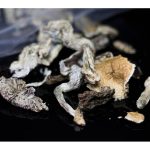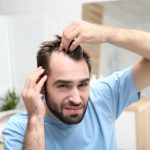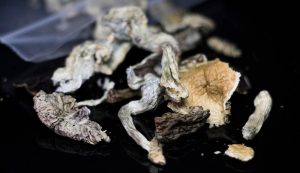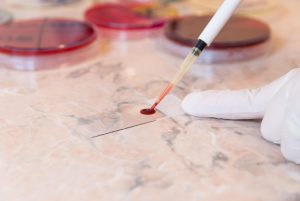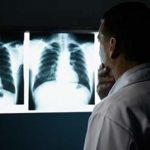
For patients battling late-stage lung cancer, prospects for survival have improved significantly since the advent of medications known as immune checkpoint inhibitors. But exactly how long patients with advanced non-small cell lung cancer (NSCLC) need to be on immunotherapy has not been known. Until now. According to new research involving more than 1,000 patients, those with stable disease can stop the treatment after two years without jeopardizing their survival odds. (“Stable” means their lung cancer shows no sign of progression.) Investigators found that those who stopped at 24 months fared just as well as patients who continued to take the medication indefinitely. Moreover, discontinuing immunotherapy at two years might diminish the risk for downsides that can accompany open-ended inhibitor treatment, the researchers said. “Long-term treatment with immunotherapy carries significant risk for toxicity,” explained study lead author Dr. Lova Sun, an assistant professor of hematology-oncology with the University of Pennsylvania School of Medicine, in Philadelphia. Sun pointed out that immunotherapy is also quite expensive, so the longer patients stay on the treatment, the higher their potential out-of-pocket cost, depending on insurance. According to the U.S. National Cancer Institute, immune checkpoint inhibitors also pose a risk for a wide array of side effects, including rashes, diarrhea and fatigue. In rare cases, the treatment may also trigger widespread inflammation, which can interfere with proper organ function. Targeted immunotherapy… read on > read on >












